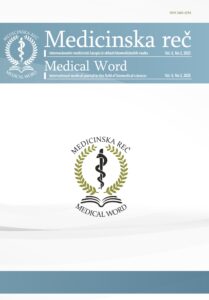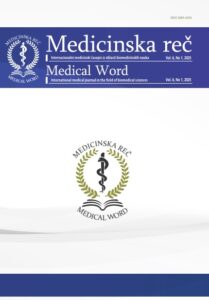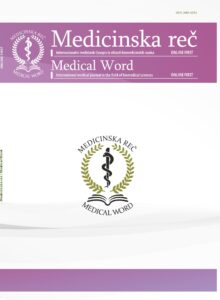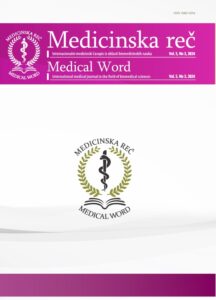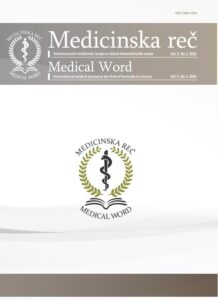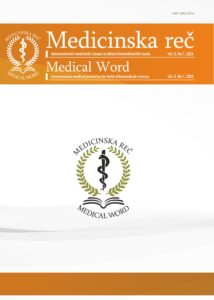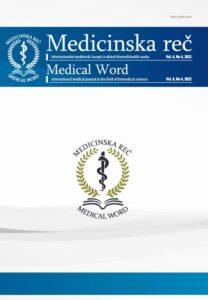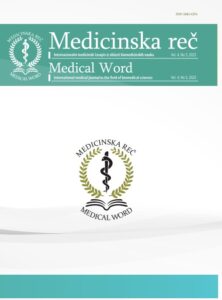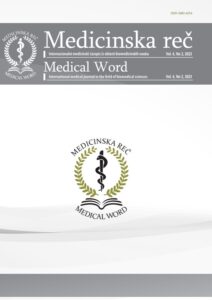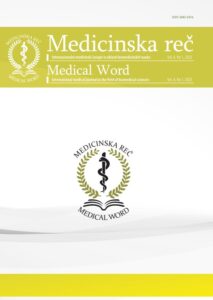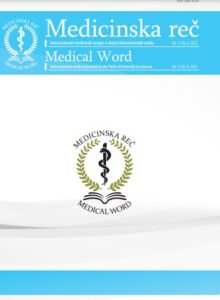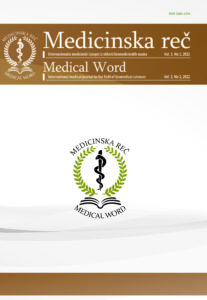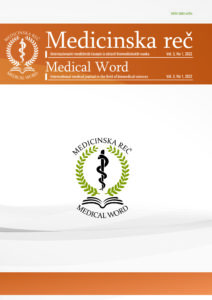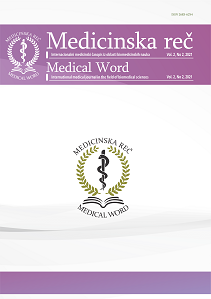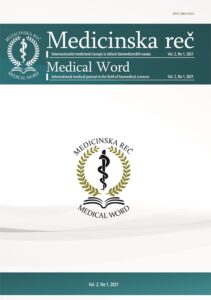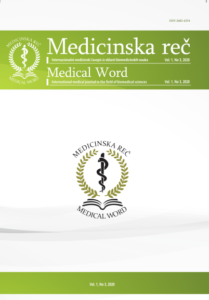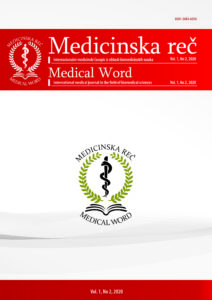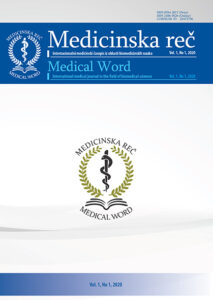Acute Coronary Syndrom – the Case Report
Case report
Dejan Veljković, Slobodanka Milovanović
85–88
https://doi.org/10.5937/medrec2502085V
Abstract
Acute coronary syndrome is the most severe, vitally threatening form of coronary disease, which is an increasingly common cause of illness and death in Serbia.
Case report: Police officers are often the first to arrive on the scene in various emergencies. In emergencies, such as heart attacks, strokes, or serious injuries, the first few minutes are crucial. Trained in first aid, they can effectively use this time to provide life-saving interventions until paramedics or other medical professionals arrive. Patient T.M., 41 years old, a member of the Gendarmerie, while engaged in the field in a foot patrol, experiences a sudden pain behind the sternum, which he describes as burning, spreading to the neck and left arm, lasting 15 minutes, which he informs a colleague with whom he is on patrol. As the pain does not stop, a colleague reports the situation to the competent supervisor via radio link and describes the patient as frightened, pale, visibly upset, with pain behind the sternum, then stops further movement and places the patient in a semi-sitting position. In the vicinity of the event, about 15 km away, there is the Institute of Sremska Kamenica, to which it is urgently transported. After admission and emergency coronary angiography, the first stent was placed in the area of the left anterior descending artery, and the second in its first diagonal branch.
Comprehensive first aid courses train police officers in areas where they develop life-saving skills that are invaluable in emergencies. The proximity of reference institutions in the first hours when an acute myocardial infarction occurs is important in the chain of providing rapid and adequate therapy.
Key words: first aid, acute coronary syndrome, paramedic
Literatura
- Al Saddah JJ, Poređenje kliničkih i angiografskih karakteristika bolesnika sa akutnim koronarnim sindromom u Kuvajtu i Srbiji. Doktorska disertacija. Beograd: Univerzitet u Beogradu, Medicinski fakultet; 2019. http://phaidrabg.bg.ac.rs/o:21022
- Uzelac B, Popović M. Kardiopulmonalna reanimacija u stanu pacijenta – prikaz slučaja. ABC – časopis urgentne medicine 2014;14(1):33-9.
- Deljanin Z, Rančić N, Ilić MM, Janićijević II, Veljković D. Acute myocardial infarction trends in the population of the Nišava District. Acta Facultatis Medicae Naissensis. 2021;38(1):56-63.
- Harrison, Tinsley Randolph Principi interne medicine. Split: Placebo; 1997.
- Ndile ML, Saveman BI, Lukumay GG, Mkoka DA, Outwater AH, Backteman-Erlanson S. Traffic police officers’ use of first aid skills at work: a qualitative content analysis of focus group discussions in Dar Es Salaam, Tanzania. BMC Emerg Med 2020;20(1):72.
- World Health Organization. Prehospital trauma care sytems. 2005.
- Babić B. Prva pomoć na radnom mestu; TEMPUS JPHES 158781: Occupational safety and health – degree curricula and lifelong learning, 2012.
- Pravilnik o načinu pružanja prve pomoći, vrste sredstava i opreme koji moraju biti obezbeđeni na radnom mestu, načinu i rokovima osposobljavanja zaposlenih za pružanje prve pomoći (Sl. glasnik RS, br. 109/2016)


